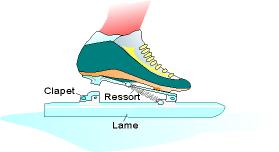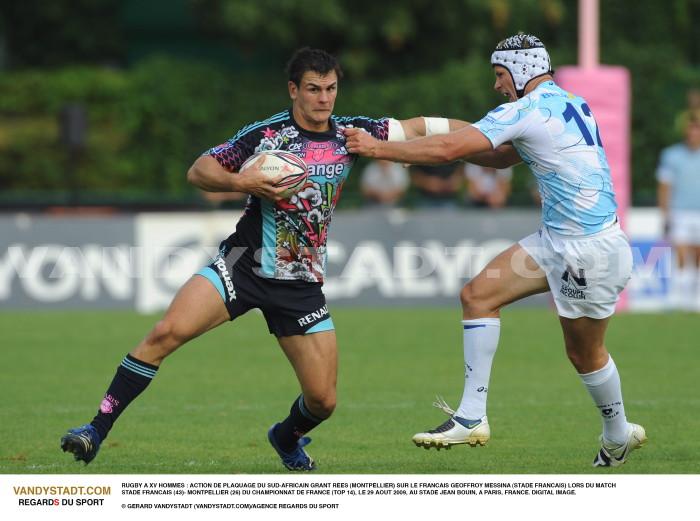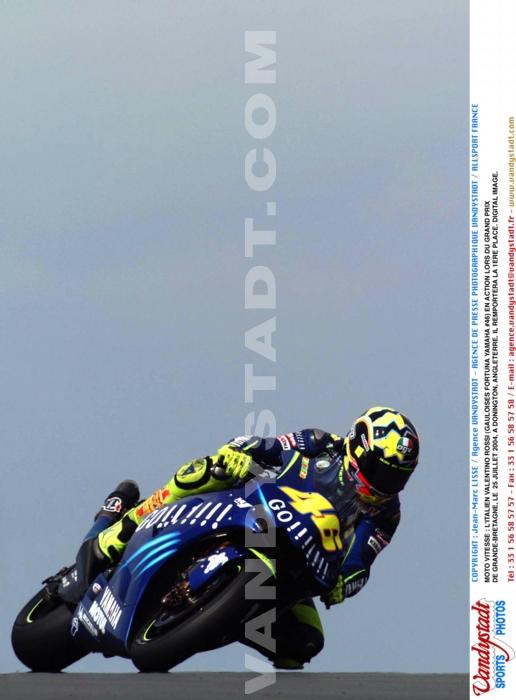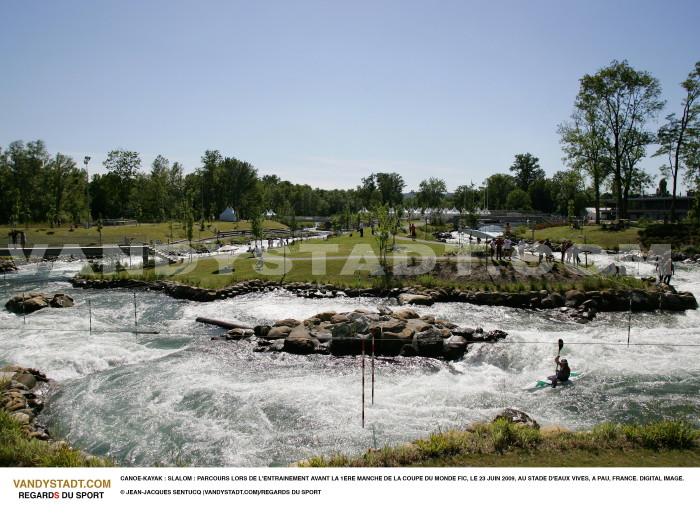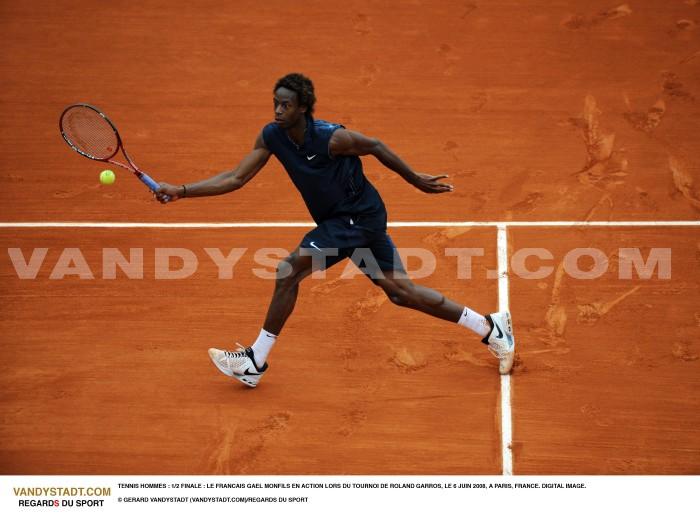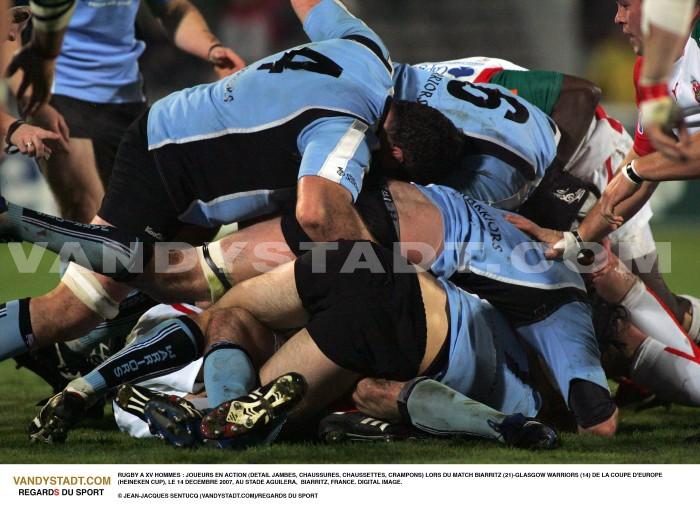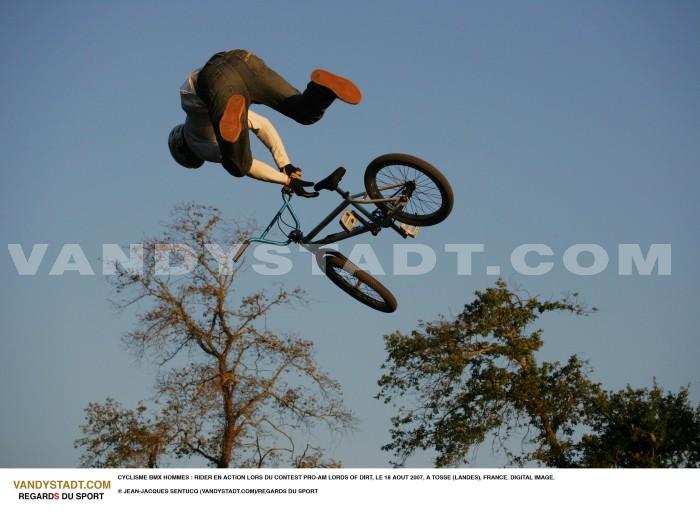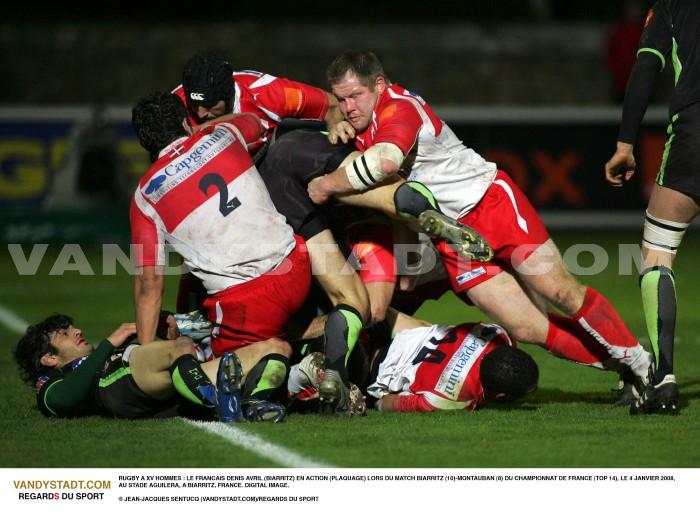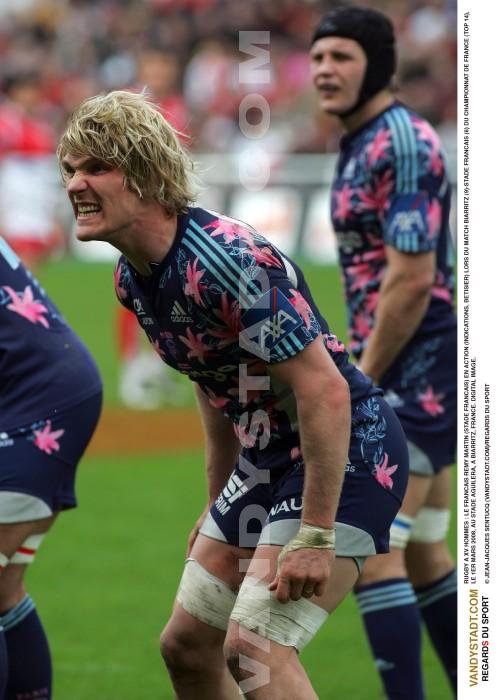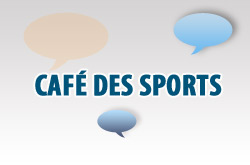Patinage de vitesse - Speed skating history
Speed Skating - Olympic Sports
![]()
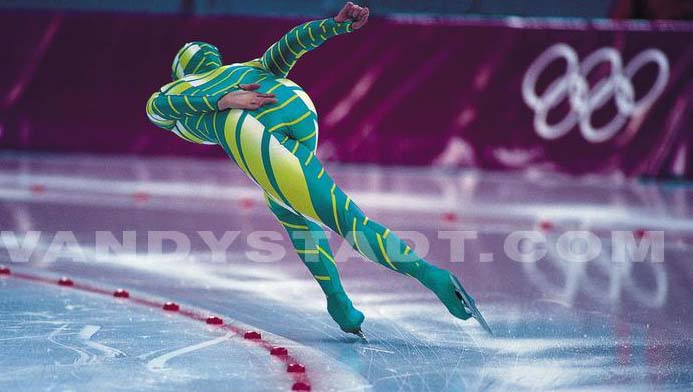

History
Speed skating is the oldest ice sports. Already in the twelfth century, skating on bones in Scandinavia. The country of speed has always been Holland. Through their channels, the first races were organized from the sixteenth century with metal runners. In the 19th century, they made known speed skating to their neighboring Germany and Austria.
Competitions are held in England since 1814 thanks to the Frisians or Frieslanders (the inhabitants Friesland, a region located north of the Netherlands) who introduced the sport across the channel in the region of the Fens near Cambridge (originally, the Speed skating was called 'fen skating' in England).
The first international competition took place in Germany in Hamburg in 1885 on a track of 3 800 m long with the winner as the Norwegian Axel Paulsen, the emblematic figure skating (he was originally a famous figure in his name, Axel) and inventor of skates long and narrow blade.
In 1889, the Netherlands organized the first world championships still unofficial skaters that participated Netherlands, Russian, American and English.
The first official world championships were held in 1893 at distances of 500, 1500, 5000 and 10 000 m. Speed skating becomes Olympic 1924 men and 1960 women.
The oldest skating club is the Skating Club of Edinburgh, founded in 1742. In 1823, the Scot Russell made the bet in Dublin to seventy leagues on a circular track. A century after his feat, enjoyed skating in the world, especially the United States an extraordinary vogue.
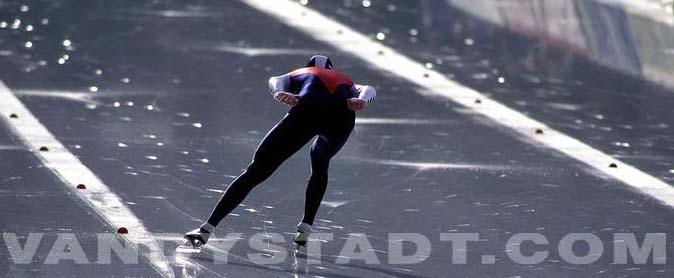
Tim Donoghue was the first major American speed skater, unbeatable between 1871 and 1875. His son Joseph Donoghue (1871-1921) won the first world championships in 1890 and 1891 (1 / 2 mile, mile, 2 miles and 5 miles).
Key Dates
1889 First World Championships in Amsterdam reserved for homes.
1891 First European championship speed skating and figure skating (both reserved for men) held simultaneously in Hamburg.
1893 First World Championship speed (available to homes) organized by the Federation Internationale in Amsterdam.
1896 First World Championship Figure Skating (reserve men) organizes in St. Petersburg.
1906 First Figure Skating Championships ISU (International Skating Union) Women in Davos. The competition became world championship in 1924.
1908 First Championship Skating ISU couples in St Petersburg. The competition became world championship in 1924. Figure Skating (Men, Women and Couples) figured the Olympic program in London.
1920 For the second time, figure skating was included in the Olympic program in Antwerp (Men, Women and Couples).
The 1924 figure skating and speed skating are part of the Olympic Games in Chamonix.
1930 First World Championship of Figure Skating held in the United States, New York.
1936 First World Championship speed skating for women in Stockholm.
1950 First competitive ice dancing at the world championships in London.
1952 Ice dancing is the official program of championship figure skating in Paris.
1970 First ISU Championship Sprint (Men / Women) West Allis in the U.S. (world championship in 1972).
1973 First international competition of speed skating ISU reserved for juniors (world championship in 1974).
1976 The ice dancing became an Olympic sport in Innsbruck. First international competition in figure skating reserved for juniors to Megeve (world championship in 1978).
1978 First skating race short track (short track) for men and women in Solihull GBR (world championship in 1981).
1984 First World Cup with separate circuits for men and women.
1991 First World Championship short-trcak by teams in Seoul.
1992 The short track is on the agenda of the Albertville Games.
1994 First World Championship short track junior (men / women) in Seoul.
1995 / 6 Top Grand Prix (and series finale) in figure skating. First world championship sprint distance (men / women) in Hamar NOR.
1997 First World Cup (Series men / women) in short-track. First Junior Grand Prix (and series finale). First European Championship short track at Malmö SWE.
1999 First 'Four Continents Championship' figure skating from competitors in North America, Asia and Oceania in Halifax CAN.
2000 First World Championship Synchronized Skating in Minneapolis USA.
2003 Introduction of the new judging system in figure skating tested during the Grand Prix.
2004 50th Congress of the Federation Internationale at Scheveningen to Pay Down in the Kurhaus Hotel, symbolic place where the Federation was founded in 1892.
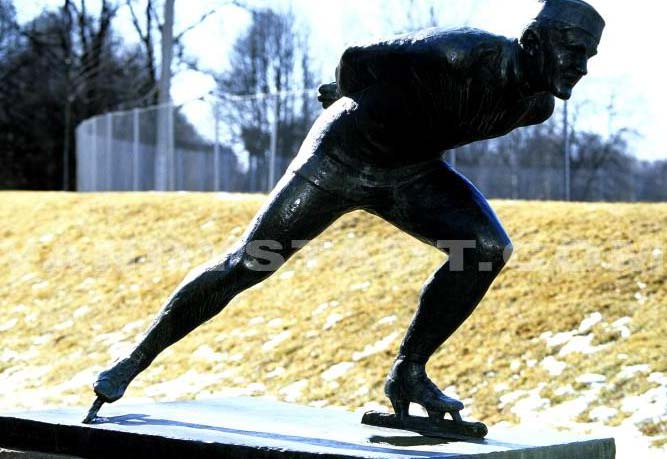
Speed skating and Olympism
It is an Olympic sport since the first Winter Olympics in 1924 for men and from the Games in Squaw Valley in 1960 for dames.Le program includes twelve events (a record shared with cross country skiing): 500 m , 1000 m, from 20,061,500 m and 5000 m (men and women), women's 3,000 meters, 10,000 meters and men, the team pursuit.
By winning the 500m in 1924, the American Charles Jewtraw (1900 -1996) became the first Olympic Winter Games. This was also the only American medal of these Games.
The first Championships were held gentlemen France in 1908. Speed skating depended on early
French Skating Federationwhich became in 1942 the French federation of ice sports.
The tests consist of skating to skaters compete in pairs on an oval ice track of 400 meters over a fixed distance from 500 m to 10 000 m with ice skates in the shortest time while skating in the counterclockwise around the table. A false start is allowed by 'couple'. Time is timed to the hundredth of a second.
Speed skating is the sport's fastest human with top speeds of 60 km / h.
Namely: the group was initially introduced to the 1932 Olympic Games in Lake Placid.
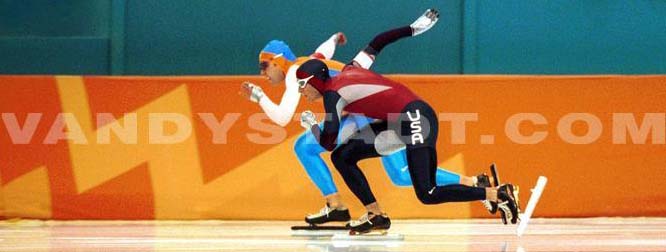
Team Pursuit
Recent discipline, the team pursuit is similar to relay in track cycling.
Each team, composed of three incumbents and two alternates, performs 8 rounds for men and 6 women.
At each round, both teams rushed to either side of the runway. During the round, the riders from each team take the relay (as in track cycling). The first day, timed to serve the future composition of pairs of quarter-finals. Thereafter, until the final winners of each heat go to the next round. If a team catches another or double full, she won the round before the end.
Did you know that competitors skating in the hallway outside wear a red arm band while the inner lane of the competitors wear white armbands.
To better understand:

Tags
: The tags indicate the way forward. A skater can move and change lane provided that this does not reduce the distance traveled.
Corridors: The competitors are changing lanes every lap on the opposite line. The competitor who moves from the corridor outside the inner lane has priority.
Departure: The start is staggered for all events except the 500 m. Competitors line up to 2 meters from the starting line. When the judge invites them to approach the line, they expect the pistol to start. Two false starts result in disqualification of the competitor.
Gravitational force: When in a turn, the skater's body is pushed outward with an intensity of 60 kg in the inner lane and an intensity of 52 kg in the corridor outside. To counteract this centrifugal force, the skater bends of 45 ° when it is in the inner lane and 49 ° when in the corridor outside. This is equivalent to a gravitational force of 90 kg on one leg when the skater is in the inner lane and a gravitational force of 76.5 kilograms when it is outside.
Air resistance: In the event the 500 men, the air resistance equates to a force of 5 kg, which means that the skater must overcome physical resistance by about 70%. The friction between the skates and ice represents the remaining 30%.
Series: All the tests have only one series except the 500 where there are two rounds, each competitor has so once inside the hall and once in the hallway outside.
Skating technique: The skater propels itself forward through a combination of alternative movements on both sides of the trajectory of the body, the thickness of a skate blade speed is 1 mm.
Skids
The revolution of skates!
The 1997-1998 season saw the arrival of the runners "clap".
The heel of the blade of a speed skate "clap" is not attached to the shoe and the tip of the blade is fixed to the shoe using a hinged mechanism. At the end of each "no" when the male raises his skate blade detaches briefly heel of the shoe, the blade and remains longer in contact with the ice, thereby increasing the thrust force of skater. When the blade reaches a maximum extension, a system of springs mounted to the front of the shoe snaps the blade to the back on the shoe, causing a small dry sound, hence the name of this type of skate.
The part of the blade in contact with the ice is right. The slides used by speed skaters men generally have a length of 42-46 cm. The blade length is proportional to the speed attainable though an excessive length may be a handicap. The underside of the blade has a thickness of just 1 mm.
The combination
Speed skaters wear a combination including a close-fitting cap to reduce air resistance and goggles to protect their eyes against the wind and ice chips. The glass reduces glare and improves visibility on the runway.
Do you know that the first known competitive speed skating for women was organized in 1805 in Leeuwarden (Netherlands) in a straight line?
Speed Skating and Short Track Speed Skating
The speed skating short track is born when the long track skaters looking for ways to train indoors. Competitors have found that train on a track shorter led to new challenges such as tighter turns and shorter straights, which helped develop new techniques to win short track.
The spectacular speed skating short track is derived from the speed skating ring.
It is a discipline in which very fast athletes in
iduels and relay teams, after a mass start, should skate in the opposite direction of clockwise.
It was practiced for the first time in Europe in the late 19th century and then spread to the United States and Canada where it became very popular. Since 1906, competitions were held there. Meetings on the short track at Madison Square Garden in New York attracted crowds in the 1920s and 30s.
The discipline was so popular in North America that the organizers of the Olympic Games in Lake Placid in 1932 decided to change the characteristics of a test of speed skating to give those of a skating race short track speed with mass start and relay. This decision provoked a boycott of many European rivals and so the Americans won four Olympic titles!
The first short-track competitions were held in the United States and Canada in the early 20th century. The tests will compete on a closed ice oval track 111.12 meters measuring 60 by 30 m.
Before the short track becomes a real competitive sport, speed skaters used to participate in competitive short track and long track. To train all year, several oval tracks were covered and many skaters long track speed to sprint or trained to improve their technique to turn these small oval tracks. More and more tracks are long covered, it is less common to see both speed skaters in short track and long track.
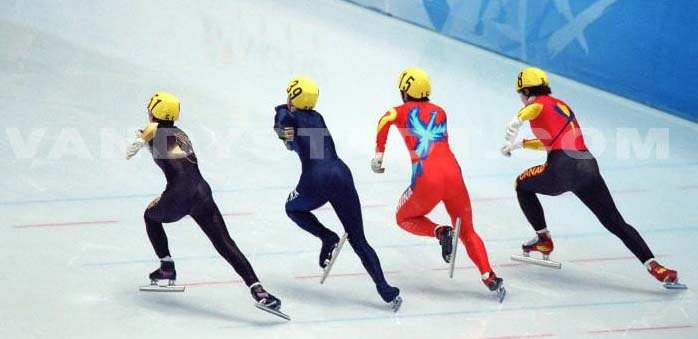
The Short-Track and Olympism
Demonstration sport in 1988, short track speed skating became an Olympic sport in 1992 in the XVI Olympic Winter Games in Albertville. The program includes eight events: 500 m, 1000 m and 1500 m (men and women), 5000 m relay Men and Ladies 3000m relay.
- The 500m, 1,000 m relay and the two quarrel between 4 skaters while 1 500 m quarrel between 6 skaters.
Competition
Contrary to long track speed skating, skaters in short track are not fighting against the clock but each other. Competitions in
iduelles start with 32 competitors with four competitors in each series and the first two qualify for next round. The competition is therefore by elimination. Everyone tries to go faster and have better tactics than their opponents in the same series. When there is more than a few finalists, the first who crosses the finish line is declared the winner. The departure is grouped. Competitors skate in the opposite direction clockwise.
Everything on one lap in short track
500 m equals 4 laps, 1 000 m: 9 laps; 1 500 m: 13.5 turns; 3 000 m: 27 laps and 5 000 m: 45 laps
- The speed record in short-track 41s184 is directed by Canadian Jean-Francois Monette in Calgary in 2003 on 500 meters with an average of 43.706 km / h with peaks at 50 km / h on the first 100 meters!
- The speed record in speed skating is done by 34s30 Jamones Joji Kato in Salt Lake City in 2005 on 500 meters with an average of 58.441 kilometers per hour
Protective equipment
consists of:
- Gloves used to protect hands against the sharp blades. They play a very important role in the turns because the male lays his hand on the ice to keep his balance better.
- Reinforced plastic helmets that reduce the risk of head injuries resulting from a clash with other competitors or clashes against ice walls or fences side.
- Protects knees, shin guards and also protects necks that offer protection from the skater's blades above.
To mark the corners, cones are placed on ice. Skaters may be moved without going inside.
The short track speed can reach 50 km / h turns to 45 °!
History Skates
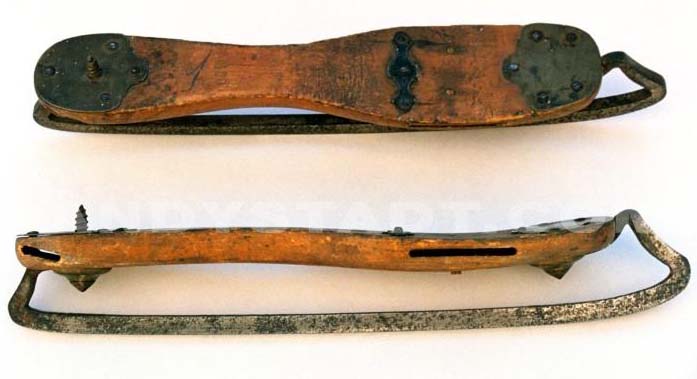
- Short track speed skating in the skate blades are shorter than speed. They are decentered inward to avoid friction with the ice and are bowed in the direction of turn (on the remote boot). The shoe is on the highest speed in skating. The blade, slightly curved, is 45 cm and a width of 1.2 mm to 1.4 mm. The materials of the shoes are heavier to better stabilize the foot in swing.
- By sprint cons, the blades are straight and centered. The blades measure between 42 and 46 cm and a width of 1 mm. The shoes are removable with a valve under the heel and a spring for better thrust.
- Ice hockey, the blades have the same size shoes. The shoe is reinforced for better protection for the tendons. To facilitate the change of direction, the ends are rounded. The width of the blade is 3 mm and 5 mm for the goalkeeper.
- Figure skating blades more than a little shoe. The blades have tips for toe jumps. The width is 4 mm.
60 000 pairs of shoes sold each year in France, all subjects (70% of skaters rented shoes).
Namely:
Handover: In relay events, each competitor can decide how many laps he will do. The handover can take place anywhere on the track although the most logical place an exiting corners. Competitors generally grow their teammate from behind to facilitate the acceleration.
Head Race: Competitors generally exceed the outside although it is possible to overcome by the rope as long as the competitor does not affect other competitors. Whoever leads trying to stay as close as possible to the rope so as not to be exceeded.
Speed Equipment
Skids
? The innovation that has had the most impact on the sport of skating long track speed skating is the clap
? The pads were developed at the Vrije Universteit in Amsterdam in the 1990s
? The blade is mounted on the boot with an articulated mechanism in the toes, which allows the skater to keep the blade in contact with the ice longer
? The clap skate allows a maximum extension of the ankle at the end of each thrust, which reproduces the natural movement of the foot and distributes the energy of the leg more effectively
? The shoes were introduced by the Dutch in 1996-1997 and the medalists of the World Cup, it seemed, had sprung from nowhere
? The shoes were originally seen as an innovation advantage for skaters with technical problems; champion Germany Gunda Niemann would prohibit their use during competition
? At Nagano in 1998, all the athletes wearing, even if they had to relearn the technique (thrust backwards and not towards the end)
? Five world records were established in 1998 in Nagano
? The underside of the blade is completely smooth, unlike the blades of hockey skates or figure skating, and the blades should be sharpened by hand
? The boots are heat molded or made of carbon fiber custom
? The boots are not high on the ankle for a better mobility
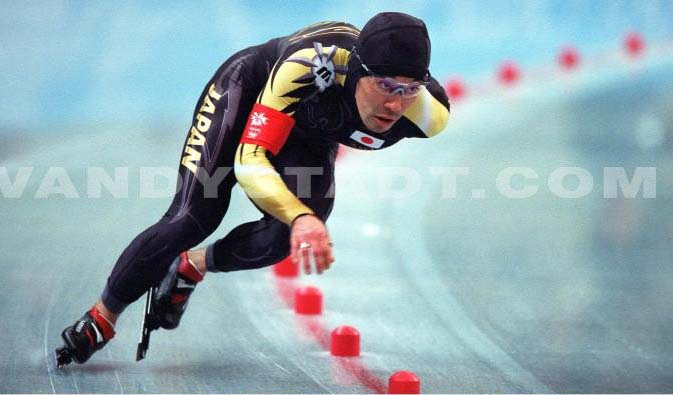
The combination moulante
? Standard 223: "The shaping of racing suits should fit the natural shape of the skater's body. It is forbidden to bring or tie elements or forms that could change the profile of natural skater. Bands permanently fixed to a maximum height of 0.5 cm and a maximum width of 2.5 cm are allowed. "
? During the Olympics, skaters from the same national team must wear identical suits
? Bands are placed in the armpits and between the legs to reduce friction
? The cap improves the aerodynamic properties of the combination
? Skaters who adopt a low starting position can wear a glove starting to adhere to the surface, the fingertips are covered with an abrasive material.
The boot: In order to ensure control of high speed corners, it was necessary modifications to the boots of speed skating short track. The boots from short track to lace up a little higher than traditional boots skates. They are molded to fit the shape of the foot and made of harder materials to help stabilize the foot and ankle during cornering. The boots are fastened with laces and the laces are then covered. Bases in carbon / acrylic allows the boot to be very light, allowing the skater to better feel the ice.
Blades: Blades are extremely sharp and are curved barrel in the direction of turn. The blades are also displaced to the left so that the boot does not touch the ice when the skater leans into corners. The Short Track blades have a length ranging from 40 to 80 cm. The blades are also slightly wider (1.3 mm) than long speed. The blades are rounded at the ends. The blades are sharpened by hand by the skater on a device called the specific sharpening jig or vise. The sharpening can take 10 to 20 minutes and skaters sharpen their blades after each race.
Glasses: Some skaters wear goggles to protect eyes against wind and ice chips. Sunglasses reduce glare and improve visibility on the runway.
The helmet and combination: The purpose of the equipment is to protect the skater. The helmet is made of a hard shell that attaches under the chin. The yellow piece on the helmet includes a number assigned, chosen randomly, which identifies the skater for the duration of the test. Wearing a helmet became mandatory in 1984.
Skaters wear cut-resistant gloves to protect their hands and are fitted with ceramic-fingertips to reduce friction on the ice when the skaters make turns.
The skin suits are similar to those used in long track, but without the aerodynamic hood. The combinations are provided with a padded lining to protect knees and shins. Kevlar is used to make the cut resistant suit and the suit is also fitted with a neck protector kevlar.
Copyright Sportquick/Promedi








